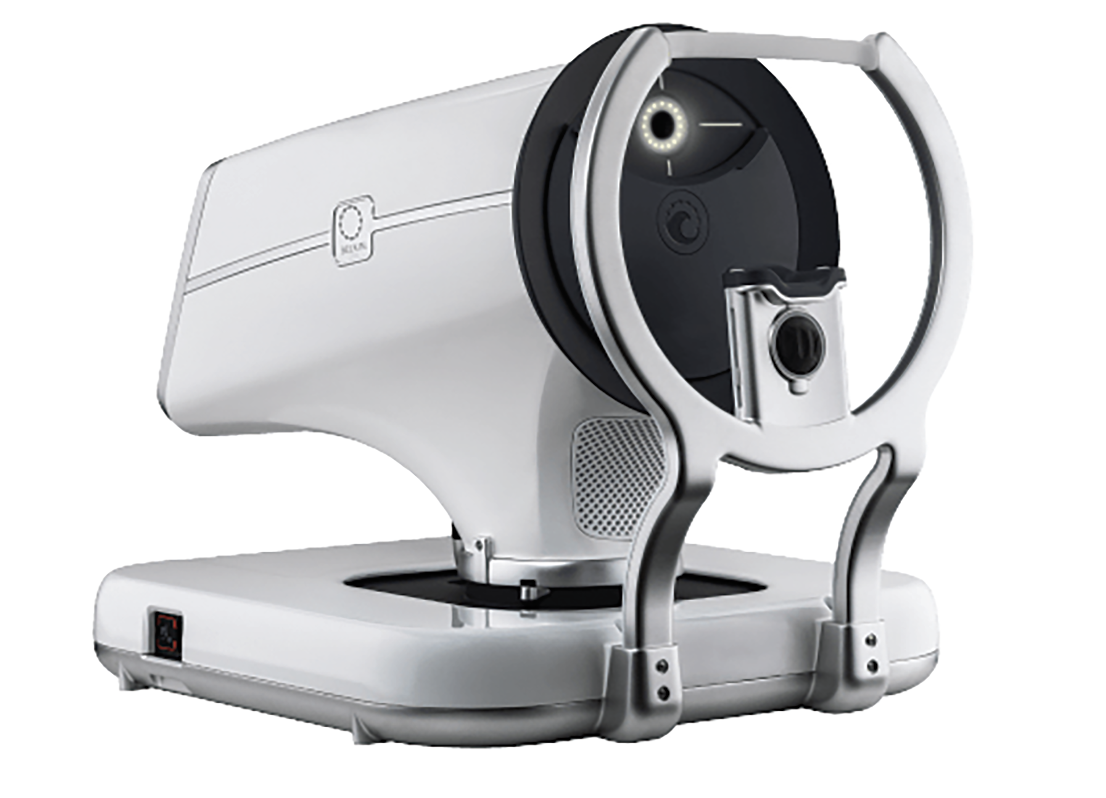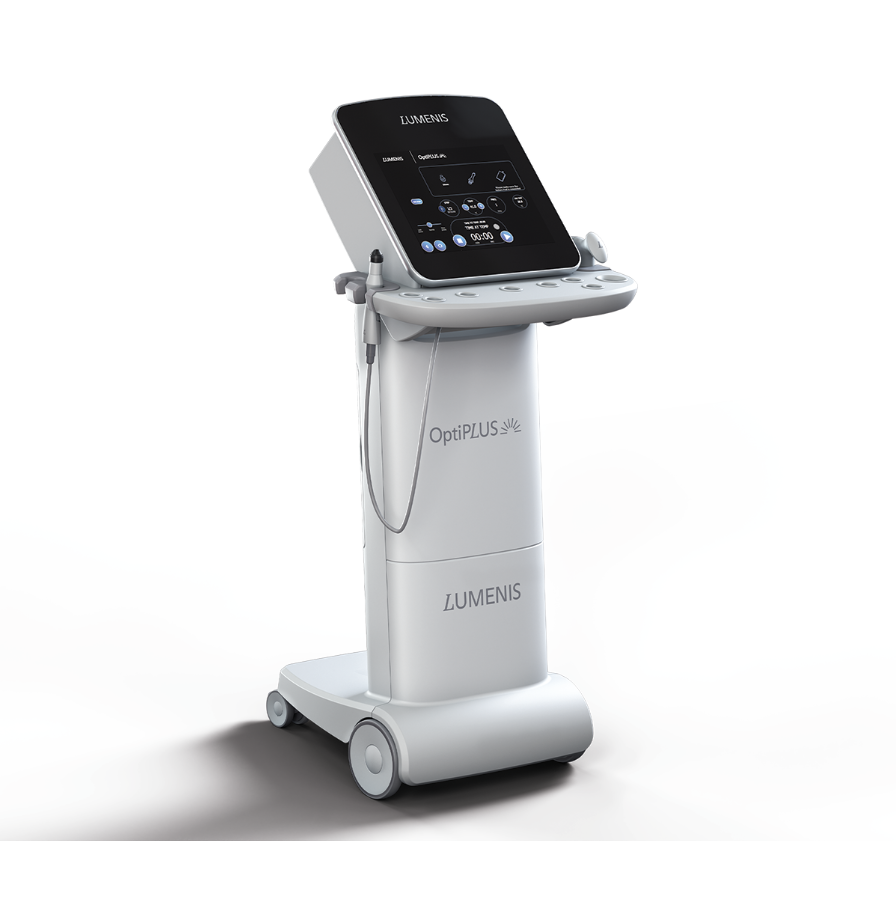GLAUCOMA
The Eagle Has Landed
If you’re interested in widening the array of glaucoma treatments available at your practice, a new laser may be worth a look.
The FDA recently approved the Belkin Vision Eagle, a Q-switched, 532 nm-wavelength, frequency-doubled Nd:YAG laser for selective laser trabeculoplasty.
The company says the Eagle is the first and only contactless laser for glaucoma, providing an automated and non-invasive solution for performing SLT.
 |
The company says the Eagle has several unique features. First, the laser energy is delivered in a non-contact procedure directly through the limbus to the trabecular meshwork without the need for the use of a gonioscopy lens. In addition, the device automatically defines the target location then applies the laser treatment sequence while the eye tracker compensates for any eye movement.
For more information on the Eagle, visit belkin-vision.com.
OCULAR SURFACE THERAPY
Rooting Out Dry Eye
If you’re looking to target different mechanisms of dry eye, Lumenis says its new device, OptiPlus, is a complementary device to its OptiLight technology, and is the first dual frequency radiofrequency device on the market.
 |
While OptiLight relies on a pioneering light-based technology to target inflammation due to meibomian gland dysfunction, the company says OptiPlus is a dedicated device that employs a RF energy to enhance clinical results. The dual-frequency RF technology enables energy penetration to different skin depths, heating the superficial layer to promote collagen formation and stimulate periorbital skin rejuvenation while also reaching into the deeper tissue to target the meibomian glands, the company says. By delivering heat across different tissue layers, Lumenis says the device increases blood circulation to “promote medical performance and aesthetic results.”
For more information, visit https://information.lumenis.com/optilight.
REFRACTION TECH
Free Yourself
PlenOptika has rolled out a new portable autorefrator, the QuickSee Free.
The company says the device combines an open-view design, wavefront aberrometry and innovative measurement algorithms to produce clinically accurate autorefraction in clinics and in the field. There’s also a QuickSee Free Pro available for surgical applications and contact lens fitting.
The PlenOptika Wavefront Refraction Engine precisely determines low-order refractive errors, making QuickSee Free as accurate as a desktop autorefractor, the company says.
For information, visit plenoptika.com/quicksee-free.



